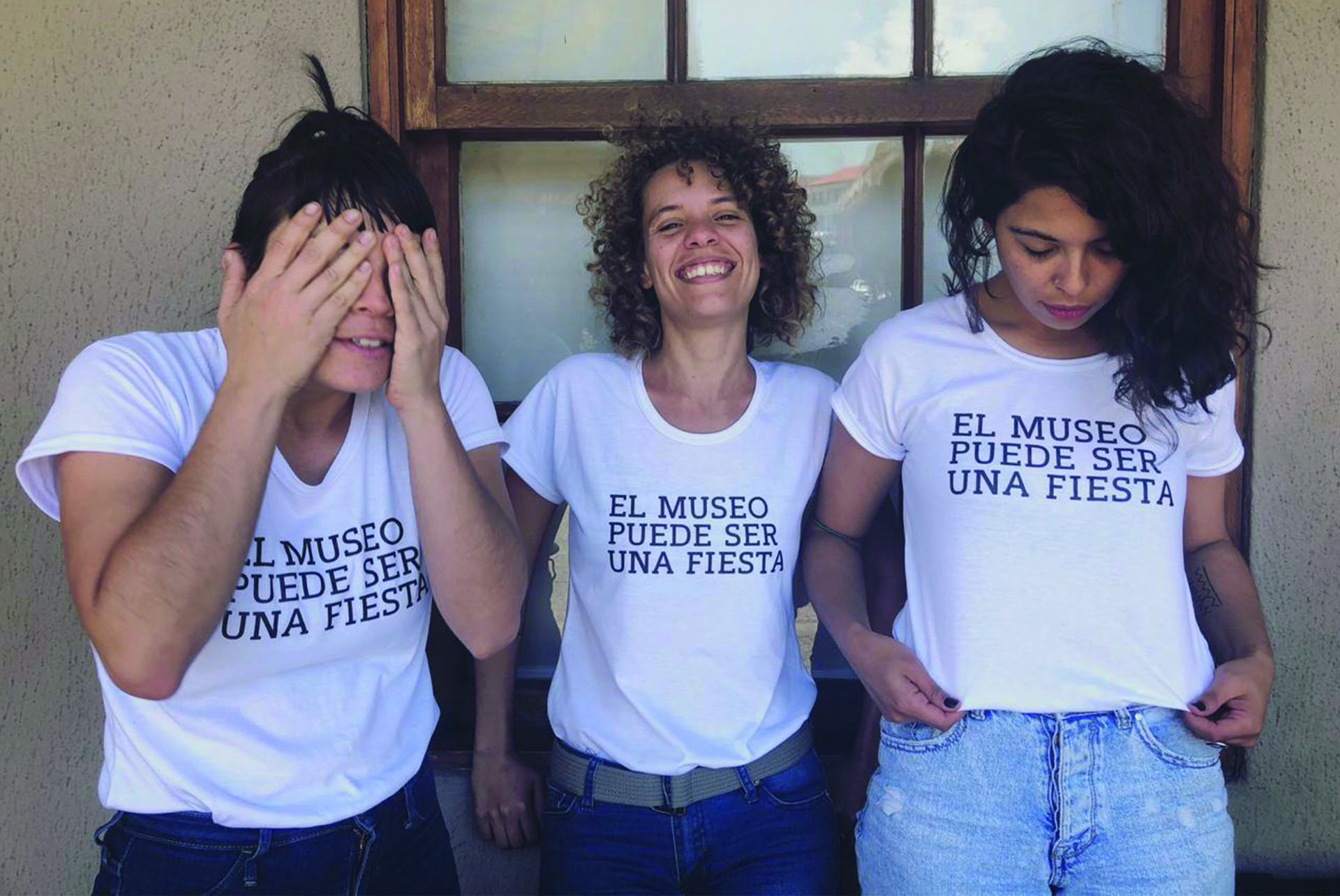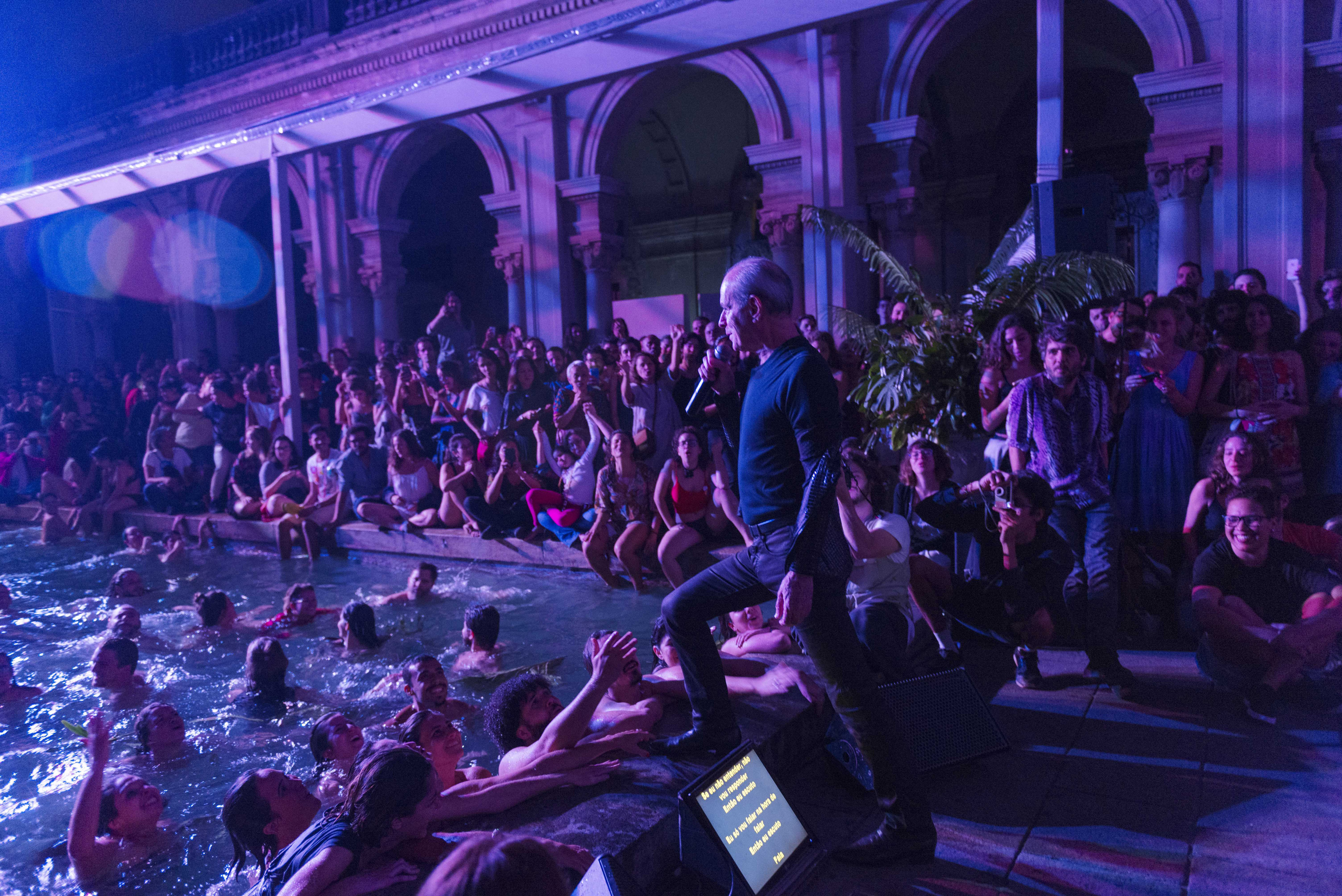"Not Every School Is a School": Art and Education in the Center of the Americas
04/06/2022
Out of need or desire, those who put into practice a work that seeks to act from education are called to be bridges between artistic practice, cultural institutions, and audiences beyond the art world. This is the result of a fragile cultural institutional framework, which makes artists and cultural agents assume multiple tasks: to manage, produce, mediate (...)
In the last decade, the visual arts in Central America have gathered around community-based and educational processes that operate from Arteducación: a border where the artistic trade is built from the educational, and learning may come from art. From an interest in this way of doing, a production that operates from interdisciplinarity as a strategy to expand the field of action of art, beyond works or institutional spaces, has gradually consolidated. In a context marked by violence, natural disasters, corruption, and inequality, linking art and education opens the possibility of proposing social spaces as affective places for political action. Art is an excuse, a means to imagine possibilities in the quest for new forms of resistance.
In the late nineties, contemporary artistic practices in Central America found a commonplace of action in the construction of what Costa Rican artist and curator Virginia Pérez-Ratton called the Place: a space with history and memory, "the Site from where you begin, from where you act."1 This process intended to make the region’s production visible through curating exhibitions that marked an era of seeking legitimacy and positioning of "Central American" art and its statements, both within and outside the region.
Pérez-Ratton referred to this strategy as an "operative fiction,"2 a way of working from an imagined common territory.
Today, we understand that grouping the production of diverse countries as coming from a single place can be homogenizing. Therefore, before speaking of artistic practices in Central America, we must acknowledge that their manifestations occur in quite diverse political, social, and economic situations. This presents challenges and makes initiatives that seek to categorize or label a production as "Central American" look suspicious.
However, decades of work have managed to build exchange networks throughout Central America that have been sustained and strengthened. The concept of education in art has been developed from this way of working, erasing a little the borders that divide the isthmus. This is where the common territory has really been constituted: in a way of coming together. In this search, knowledge and ways of doing that come from different contexts of the region have recently converged, mutually nurturing and powering one another.
In this setting, education is usually understood as a collective communal space built from different political desires. Art, on the other hand, is the tool that can make happen what the official spaces have not been able to activate, it is a way to address disillusions and frustrations. The confluence of art and education stimulates a prolonged artistic experimentation that oscillates between the white cube and spaces that necessarily surpass it. From there, four working areas can be currently identified: non-formal and self-managed art education; education through arts; artistic manifestations coming from the educational; and community activism as an art and education process.
Non-Formal and Self-Managed Art Education
The limitations of art schools in different countries (some of which remind of nineteenth-century academies) has resulted in initiatives that seek to create their own spaces for experimentation and art education, challenging traditional curricula and knowledge coming from a colonial and hetero-patriarchal heritage.
In 2019, a group of students from the School of Plastic Arts of the University of Costa Rica (UCR) settled in the old building of the School of Engineering at the main campus. Given the lack of space and the precarious conditions at the College of Arts, they negotiated with the UCR—the most important public higher education institution in the country—the use of the building, which was abandoned at the time. "The building became a pedagogical space where we committed to the working times, taking advantage of the possibility of having workshops in which to take the knowledge acquired, put it into practice, and keep a constant exchange with colleagues," reads a text shared by those who carried out this process.3 From there arose several collectives that organized themselves across the space to learn what they had not found at the school: animation and new media, feminist theory, explorations from the sexual dissidence, interdisciplinary work. This experience nourished their artistic practices in a very different way from that of working in the classrooms and resulted in Antes que sea tarde, a comprehensive and profound exhibition of the production of young artists in San José, curated by the collectives themselves.
In Panama, the project En una papa emerged. An initiative of the artist and psychiatrist Pilar Moreno, who describes it as a laboratory of exploration, creation, and encounter between artists within a range of talents and trajectories. The specificity of this process was to propose a dialogue between established artists and emerging artists with certain mental disabilities. Far from the vertical way in which traditional education operates, En una papa maintained that each participant had something to teach and something to learn in a space of experimentation and freedom. The project questioned what it means to be part of the art world. Randú Abdel Ávila Córdoba, an emerging artist participating in the process, values that in the workshops he was recognized as an artist from a very affectionate place: “En una papa is a project like a mini-school to meet other great artists. It was like we were family, we were like the stars from La Fania."4
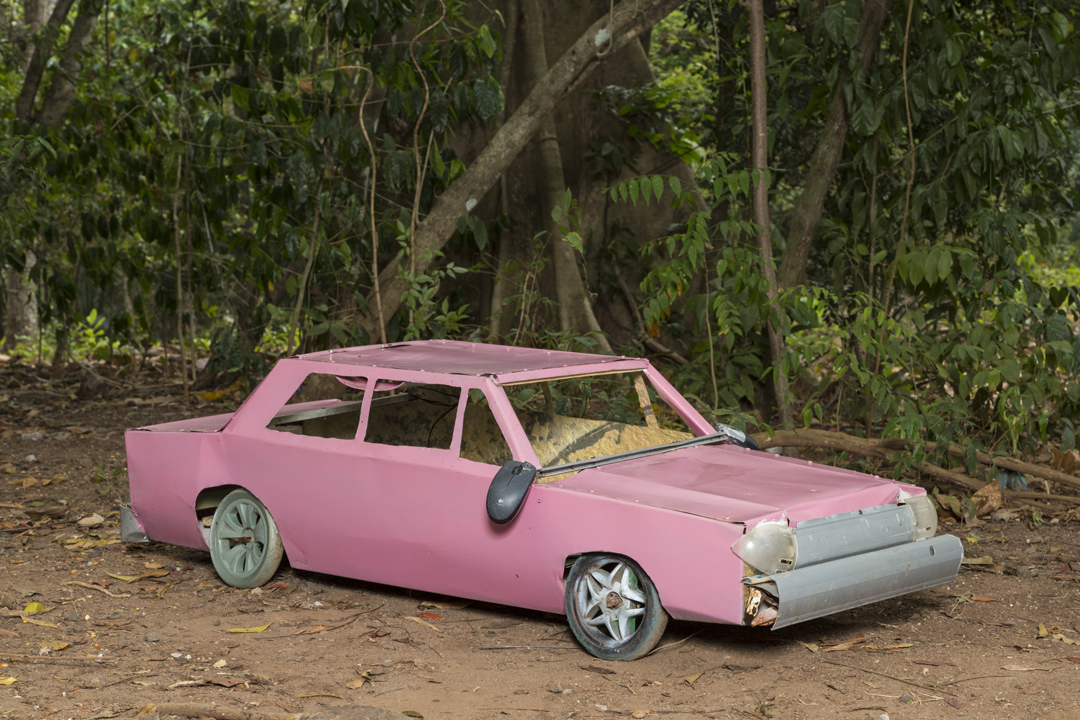

This kind of formative spaces have been particularly relevant since the beginning of the 2000s. Among them are Espira/La Espora, an impressive effort by Patricia Belli, who from Nicaragua managed to impact artists from all over Central America; Ensayo y Error, run by Natalia Domínguez and Eduardo Crespín in El Salvador; La Pila in Guatemala, by educator and artist Luisa González Reiche and musician and artist Luis Pedro González Reiche; and the Escuela Experimental de Arte de Tegucigalpa (EAT), a project run by Lucy Argueta and Lester Rodríguez since 2009.
Education through Arts
Out of need or desire, those who put into practice a work that seeks to act from education are called to be bridges between artistic practice, cultural institutions, and audiences beyond the art world. This is the result of a fragile cultural institutional framework, which makes artists and cultural agents assume multiple tasks: to manage, produce, mediate. Despite the challenges that this multiplicity of roles entails, the hybridization of practices enables the activation of a pedagogical process camouflaged in the artistic work. In many cases, the object of study is education itself and how it is developed in different institutional spaces.
In this field, the Costa Rican collective La Ruidosa Oficina (Catalina Tenorio, Marga Sequeira, and Mariela Richmond) has incited encounters where they propose ways of hacking the school or the museum (institutional spaces that often shelter their initiatives); they invite to listen to the body and to find learning in collectivity and affection. Their projects are small subversions to the academic and institutional norm. In their workshops, La Ruidosa has worked with artists, education professionals, cultural managers, and other groups associated with the construction of knowledge. They aim to insert artistic practices into formative spaces.
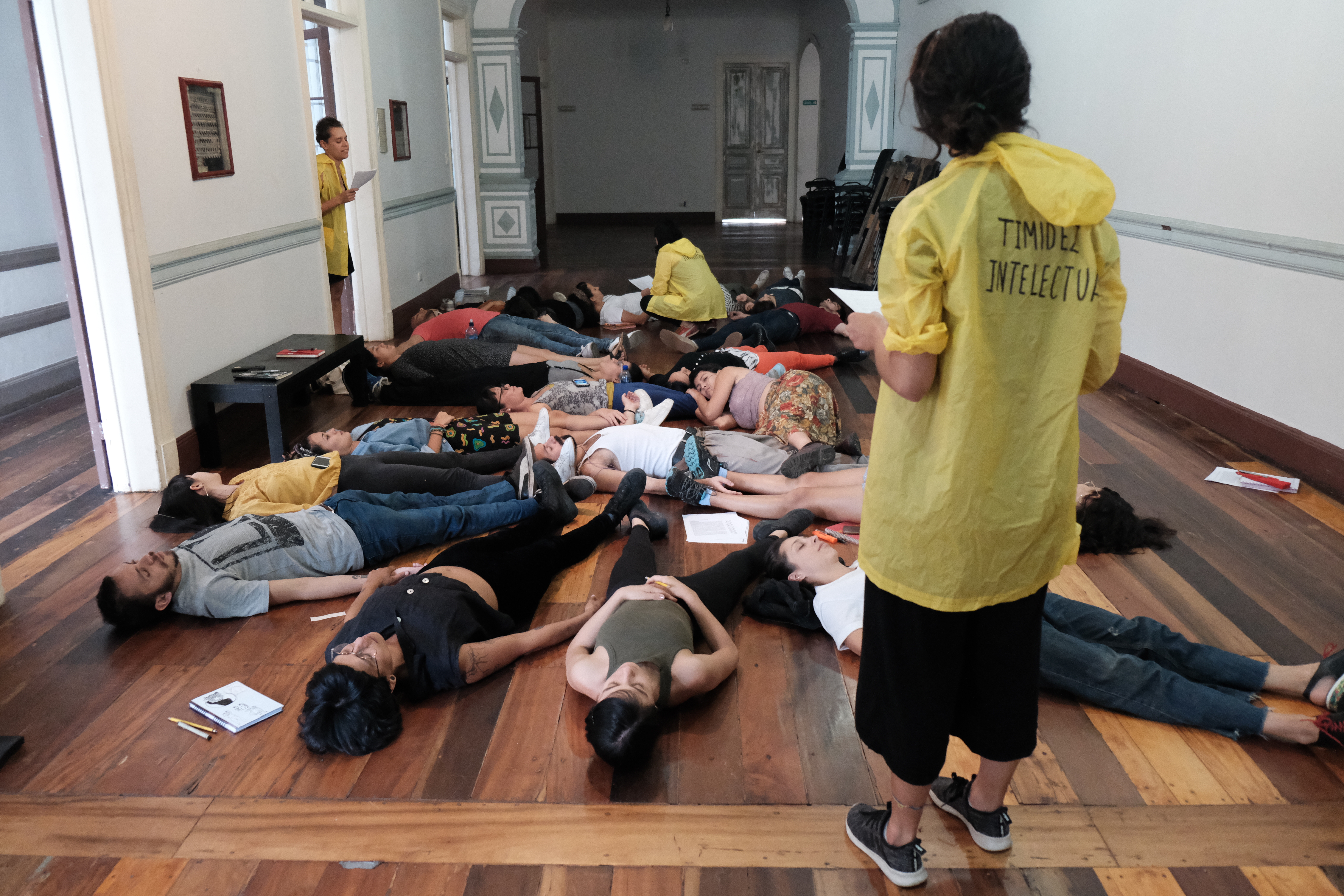
For his part, the Costa Rican Carlos Fernández started a series of dinners in 2020 as an extension of his practice. Fernández studied agronomy in addition to arts and has devoted himself to finding common ground between both disciplines. In his dinners, Carlos invited people through his social media to participate in a meal in which he would trace the origin of the food that was going to be consumed. The artist proposed a menu and sent the ingredients—many from his own garden—for people to cook at home, during a time of social distancing in Costa Rica due to the COVID-19 pandemic. Carlos not only explained the recipe in a video call but he would also tell the group where the ingredients came from and what was the environmental impact of each one of them. The aim was to invite people to learn more about where the food they consume comes from, to understand the social and environmental impact of the food industry.
Artistic Manifestations Coming from the Educational
Fernández’s work frequently transits that line between education and art, so many of his works come from a desire to share a learning process. Several artists in Central America, like him, have developed works along that border, expanding the educational space towards art objects or manifestations.
Mariela Richmond’s La cosecha, con certeza, llegará is a work that germinated from her practice at La Escuelita de la Tierra: “I asked myself about ancient knowledge regarding sowing, about how things have been done, about the learned structures concerning how we nourish ourselves(…) For me, the processes of art+education related to the land are vital,” writes the artist.5 This work, exhibited in 2021 as part of Narrativas Transitorias de un Futuro Inminente at the Cultural Center of Spain in Costa Rica (CCECR), includes the records of the orchard that her family owns at Cartago, a Costa Rican province known for its agriculture. Richmond presents diagrams, drawings, and photographs with the purpose of reviewing and sharing pedagogical processes that, in her words, “are born from the earth.”
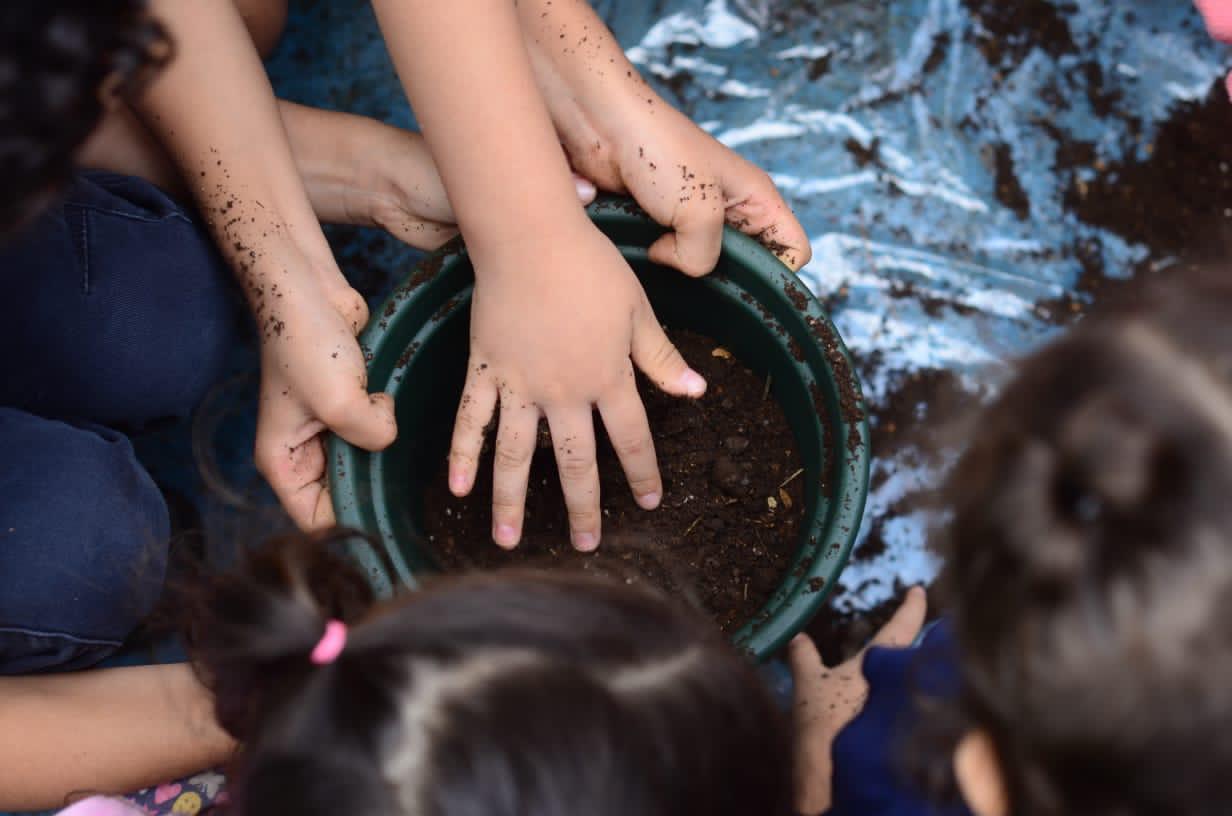
With the same intention, designer and artist Ingrid Cordero presented Máxima Mínima at the Cultural Center of Spain – Casa del Soldado (Panama City), in 2017, and at TEOR/éTica (San José), in 2018. Cordero has been exploring the impact of the production systems of the fashion industry hoping to question how clothing is produced and consumed. Máxima Mínima is described as a proposal “both pedagogical as aesthetic as well as utopic and practical, influenced by the ideas of sustainable design and participatory art.”6 In her works, Cordero proposes a series of possibilities for users and visitors to make their own clothing following the ‘zero waste’ pattern design method. It was accompanied by an instructional handbook that the public could take away, and workshops for learning about pattern design provided by the artist.
Community, Activism, and Education
Everything mentioned so far has an important collective aspect, since art-education projects are platforms to generate encounters and answers to different questions. But then there are some projects in which the communal character is the raison d’être because they are built by bringing people together around a common goal, in an attempt to respond to systematic violence. This kind of community-building work is perhaps the most elusive, because its very nature challenges the categorizations of art, activism, educational project, or self-managed space, for it comprises elements from all of the above.
The work of the La Maricada collective (Lía Vallejo, Andrea Fonseca Chahín, and Ju Puello), created by and for people of the sex-gender diversity and dissidence, supports artistic creation in Honduras as an alternative way of life in the face of discrimination and violence. La Maricada is a kind of shelter in a macho and homophobic country. The collective aims to look after a berated community through dynamics of artistic creation and activism in the form of discussions, workshops, and collective actions. Its homonymous digital magazine proposes a diversification of knowledge from a counter-academic, anti-patriarchal, and anti-capitalist perspective.7 In this virtual space, they share materials that challenge hegemonic norms—both in their content and in their form—through queer writing and design.
In Guatemala, La Revuelta (Renata Álvarez, Andrea López, Maya Juracán, Christa Krings, and Jimena Galán Dary) aims to create a community of communal and collaborative learning to recount history from the perspective of women, acting mainly from curatorship. In their words, they propose "a revolt to recover spaces and voices that were silenced in the canon of history, by using the art of possibility as a tool. We inform, denounce, and activate community curatorships that restore the social fabric through women.”8 Their actions intend to build new discourses by reviewing history and sharing their research in spaces and formats that come into dialogue with a wide audience.
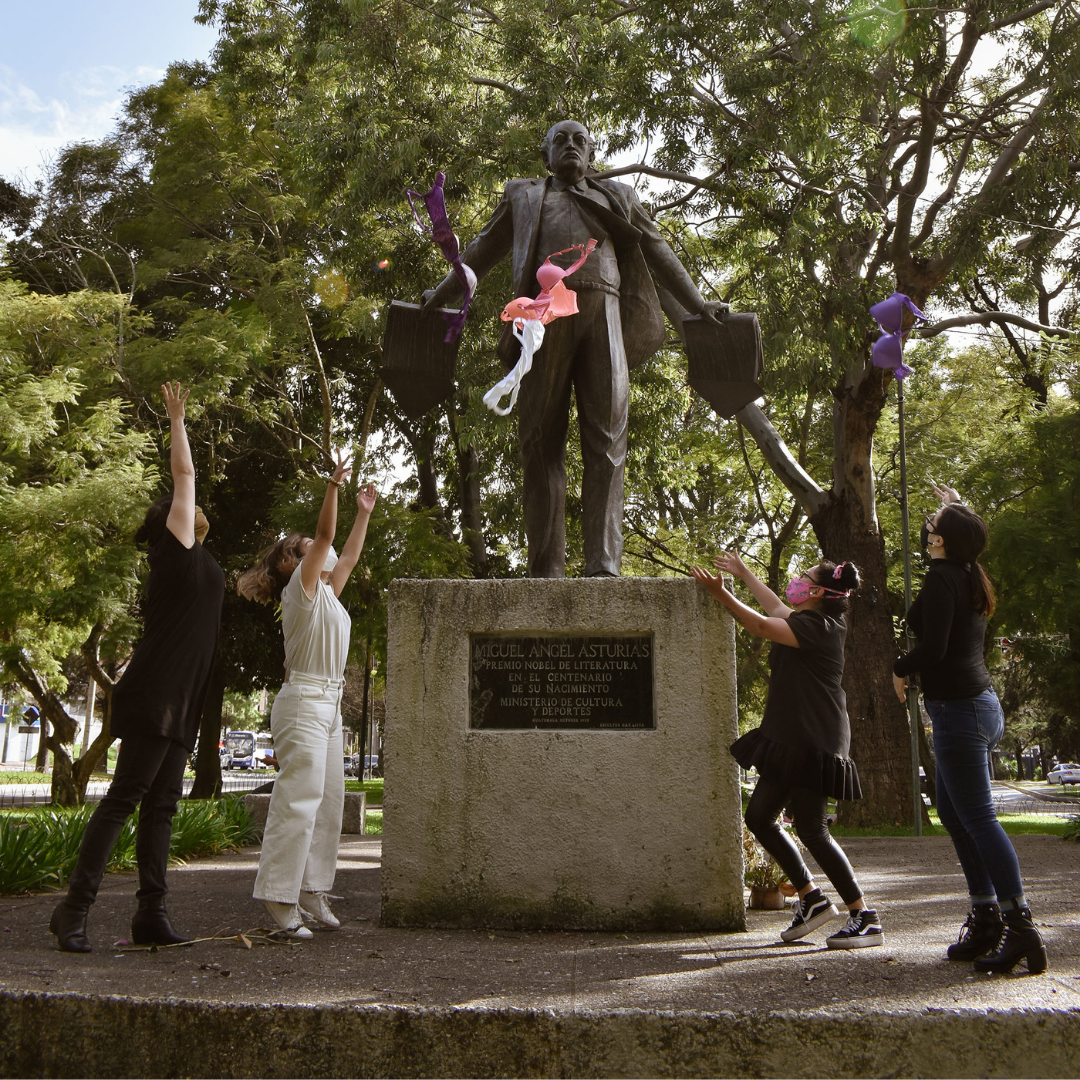
For more than three decades, Nicaraguan artist Raúl Quintanilla has managed different initiatives—ArteFacto, Estrago, and Malagana, to name a few—that make criticism and art from Managua. This resulted in Mácula, a "temporary autonomous zone"9 that has been a workshop, home to poetry recitals, exhibitions, performances, and discussion sessions. It has served to learn about Nicaragua’s art history and exchange knowledge between generations. "There are no bosses," says Raúl, "we only have fakers, so there is no way around. And it's intergenerational. There is Alfredo [Caballero], Teresa [Codina], but also Alejandro [de la Guerra], Darling [López], and Federico [Alvarado]."10 Mácula’s policy is that no one signs anything: the entire graphic work is a joint statement. The intention is to see what happens both in art and in the streets, to record it, and to share it. This collective character is an important political statement in the context of the Ortega Murillo dictatorship. Mácula has been a place of criticism of authoritarianism in Nicaragua, to the point that, since 2018, they had to momentarily suspend activities for fear of reprisals.
“Not Every School Is a School”
In her text “No queremos saber,” philosopher Marina Garcés states that "not every school is a school."11 This has been a guideline to understand how art and education are intertwined in this context, where art is a common space to “make school,” to come together to generate study, to take care of each other within a community, and to share learning. From there, the ways of articulating education comprise a broad spectrum but they all share the common desire to come together, to care for each other, and to resist.
More than by studying or explaining topics and concepts, education happens through practice and collectivity, in a deep experience that traverses the bodies. The shared territory continues to expand beyond borders as it strengthens from the bonds generated by doing, and from the fervent—even if somewhat utopian—belief that art and education can be the tools we need to drive urgent changes in our communities.
